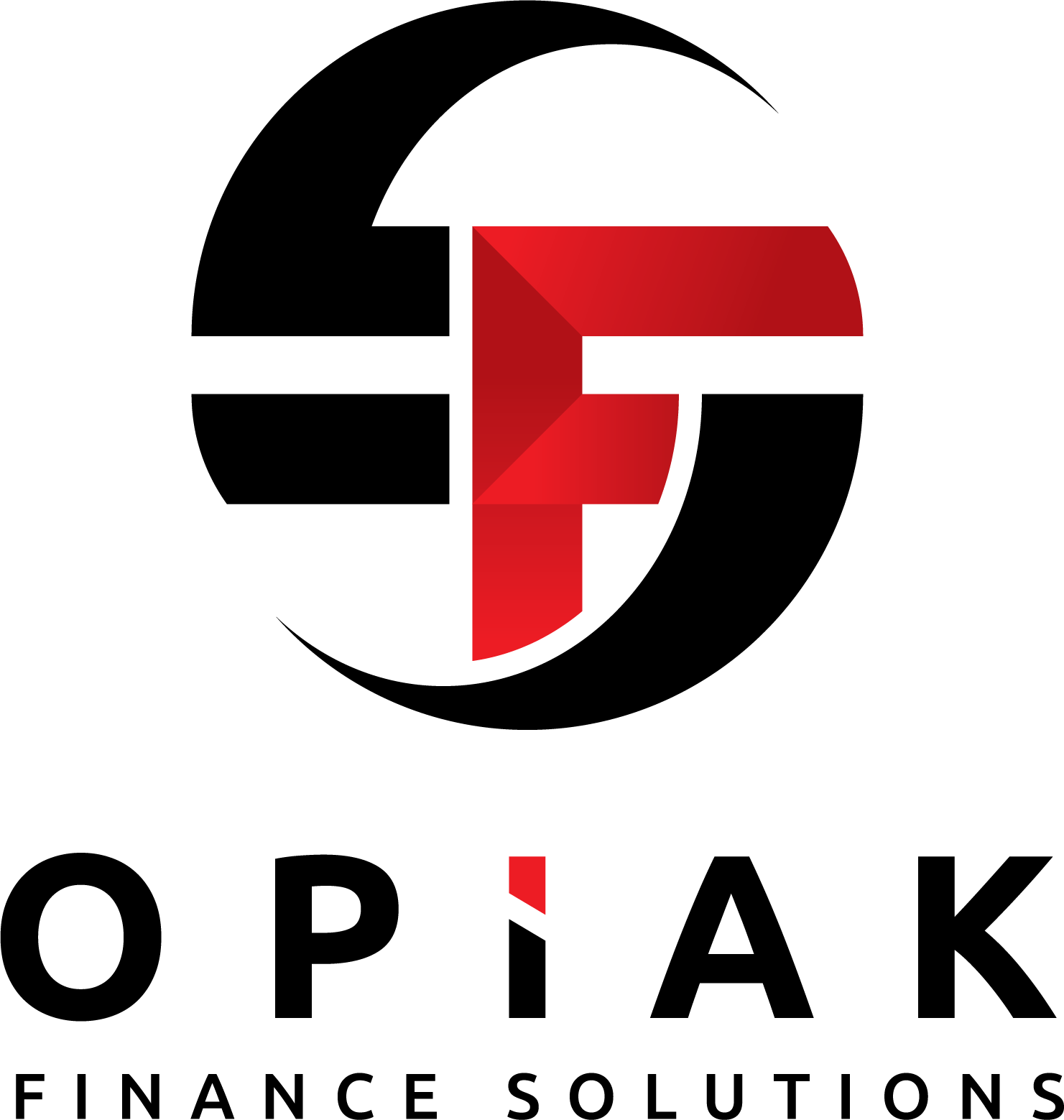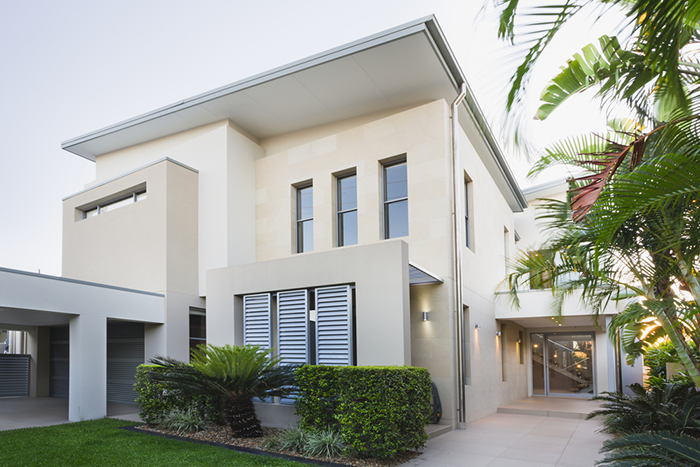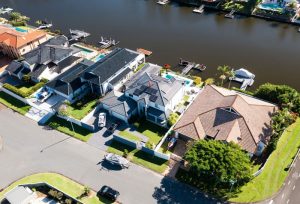The Gold Coast, with its beautiful beaches, great lifestyle, and growing economy, is a fantastic place to buy a home.
However, finding the right home loan can be just as challenging as finding the perfect property.
Whether you’re buying your first home or looking to refinance, understanding what makes a good home loan is crucial.
1. Interest Rates and Comparison Rates
When it comes to home loans, interest rates are often the first thing buyers look at – and for good reason. The interest rate determines how much you’ll pay on top of the amount you borrow. Even a small difference in interest rates can mean thousands of dollars over the life of your loan.
However, don’t be fooled by attractive headline rates. It’s important to look at the comparison rate, which gives a more accurate picture of the loan’s true cost. The comparison rate includes the interest rate plus most fees and charges related to the loan, all in one percentage. This makes it easier to compare different loans.
For example, a loan with a low interest rate but high fees might end up being more expensive than a loan with a slightly higher interest rate but lower fees. On the Gold Coast, where property prices can be high, even a small difference in the comparison rate can have a big impact on your long-term finances.
Remember, though, that while the comparison rate is useful, it’s based on a standard loan amount and term, which may be different from your specific situation. Always consider how the loan’s features and your particular circumstances might affect the overall cost.
2. Loan Features (Offset Accounts, Redraw Facilities)
Modern home loans come with a variety of features that can give you flexibility and potentially save you money over time. Two popular features to consider are offset accounts and redraw facilities.
Offset Accounts
An offset account is a savings or transaction account linked to your home loan. The balance in this account is offset against your loan balance, reducing the amount of interest you pay. For instance, if you have a $500,000 loan and $50,000 in your offset account, you’ll only pay interest on $450,000.
This feature can be particularly useful for homeowners who might have variable income, perhaps due to work in the tourism industry or seasonal jobs. You can keep your savings accessible while still reducing your interest payments.
Redraw Facilities
A redraw facility allows you to make extra repayments on your loan and then withdraw these additional funds if needed later. This feature lets you reduce your interest payments when you have extra cash while keeping the flexibility to access these funds in the future.
Having the ability to redraw funds can provide peace of mind. However, it’s important to check if there are any fees or restrictions on redrawing funds.
While these features can be very useful, they often come with loans that have slightly higher interest rates. Consider whether the potential benefits outweigh the extra costs in your situation.
3. Loan Term Options
The loan term is the period over which you agree to repay your home loan, typically ranging from 15 to 30 years. The choice of loan term can significantly impact your financial situation.
A shorter loan term means higher monthly repayments but less interest paid overall. This could be a good option if you have a stable, high income and want to build equity quickly. On the other hand, a longer loan term results in lower monthly repayments but more interest paid over the life of the loan. This might be preferable if you want to keep more cash available for other investments or lifestyle expenses.
Some buyers might prefer a longer loan term to maintain their quality of life. However, it’s worth considering whether you can make extra repayments (without penalties) to reduce the overall loan term and interest paid.
Remember, your circumstances may change over time. Look for a loan that allows you to adjust your loan term without incurring significant fees.
4. Fixed vs. Variable Rates
Choosing between a fixed or variable interest rate is another important decision when selecting a home loan.
Fixed Rates
A fixed-rate loan keeps the same interest rate for a set period, usually between one to five years. This option provides certainty in repayments, making budgeting easier. If you’re buying in a Gold Coast area with potential for growth, locking in a low fixed rate could be advantageous as property values (and potentially interest rates) rise.
However, fixed-rate loans often have limitations on extra repayments and may have hefty break fees if you want to refinance before the fixed term ends.
Variable Rates
Variable-rate loans have interest rates that change based on market conditions. These loans typically offer more flexibility, including unlimited extra repayments, redraw facilities, and easier refinancing options. If interest rates fall, your repayments will decrease. However, they’ll increase if rates rise, which can make budgeting more challenging.
For Gold Coast buyers, especially those stretching their budget to enter desirable areas, the flexibility of a variable rate loan could be attractive. It allows you to make extra repayments when possible, potentially shortening your loan term.
Many borrowers opt for a split loan, where part of the loan is fixed and part is variable, providing a balance of certainty and flexibility.
5. Lender’s Mortgage Insurance Considerations
Lender’s Mortgage Insurance (LMI) is a one-off fee that protects the lender if you default on your loan. It’s typically required if you’re borrowing more than 80% of the property’s value (i.e., have a deposit of less than 20%).
In the Gold Coast’s competitive property market, especially in popular areas like Surfers Paradise or Broadbeach, saving a 20% deposit can be challenging. If you’re eager to enter the market sooner, you might consider paying LMI. While it adds to your upfront costs, it could be worthwhile if property prices are rising quickly.
However, LMI can be substantial. For a $600,000 property with a $60,000 deposit (10%), LMI could cost around $15,000. This premium is usually added to your loan amount, increasing your overall borrowing and monthly repayments.
Some alternatives to paying LMI include:
- Saving a larger deposit
- Seeking help from a guarantor (usually a family member)
- Looking for properties in more affordable Gold Coast suburbs
- Checking your eligibility for the First Home Loan Deposit Scheme, which allows some buyers to purchase with as little as a 5% deposit without paying LMI
When considering LMI, calculate whether the cost is outweighed by the potential property value increase while you save a larger deposit.
Choosing the right home loan involves carefully weighing these five factors against your personal circumstances, financial goals, and the local property market conditions.
While a low interest rate is important, don’t overlook the impact of comparison rates, useful features like offset accounts and redraw facilities, loan term flexibility, fixed vs. variable rate options, and the potential cost of LMI.
By understanding these key factors, you’ll be better equipped to make an informed decision, bringing you one step closer to owning your piece of Gold Coast paradise.
Need help financing your dream home? Get in touch with our team today!







